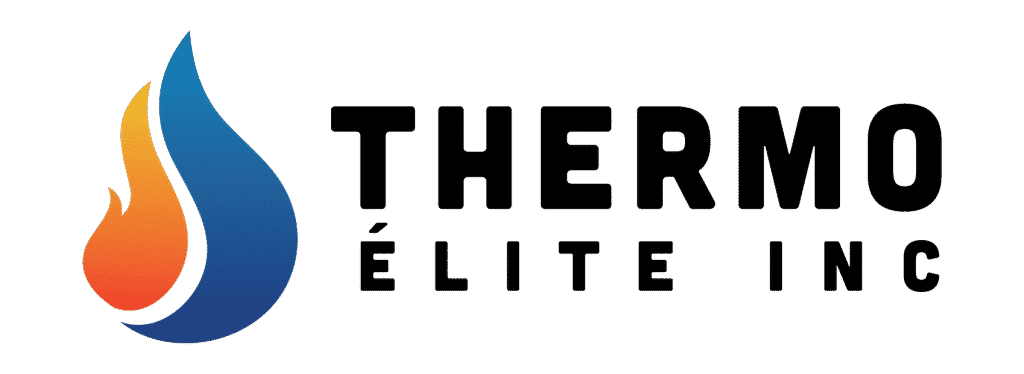Are you worried about the safety of your electrical systems and the potential risk of fire hazards?
Learn how frequently performing thermal electrical inspections can provide peace of mind and protect your property and loved ones.
From facility owners to technicians, everyone has a different opinion on how often thermal inspections need to be done. Therefore, it remains a hotly debated topic. Each of them is armed with statistics and various functional data to back up what they claim. What they do agree upon is that thermal inspections are indeed important.
There are instructional documents available readily that help in the reduction or complete elimination of safety hazards in electrical equipment while preventing their failures as well. All these manuals mention thermal inspection as a commonly used tool. Maintenance staff often refers to these manuals to make improvements in the operational up-time of equipment.
It must be ensured that robust safety and preventive electrical maintenance program is put in place. However, it’s very important to understand how the different specifications as laid down in OSHA, NFPA, ASNT, ISO, and ASNT are related to each other. That’ll help ensure better compliance.
If these specifications aren’t complied with and something untoward occurs, it’ll be pointed out that you were supposed to adhere to the inspections. Having failed to comply with them, you’ll be questioned by competent authorities based on the specifications and how you have deviated from them.
The Specifications Regarding Inspection Frequency and OSHA
The Operational Safety and Health Administration (OSHA) is a branch of the Department of Labor, United States of America. The OSHA 1910 Subpart S and the OSHA 1926 Subpart K were laid down to identify electrical safety hazards that may exist at a workplace and eliminate them. Safe work practices related to electrical equipment cover-
- Electrical safety principles
- Guidelines specifying personnel qualifications
- The requirements for planning a job
- management
- Each person’s responsibility
We must note here that the National Fire Protection Association (NFPA) was approached by the OSHA for the creation of a document that would define electrical safety at the workplace. That’s why OSHA’s 1910/1926 document should be read about the NFPA 70E.
To make things even more confusing, the NFPA 70E includes a reference to the NFPA 70B with regards to the Recommended Practice for Electrical Maintenance. The overlapping of these specifications makes developing sound electrical maintenance practices even more complicated and challenging.
It has been specified in the NFPA 70B Section 2, Regularly Scheduled Inspection, Testing, and Servicing of Equipment that it’s ideal to carry out annual inspections of charged equipment before shutdown as per 11.17.5 Inspection Frequency and Procedures. That has made this discussion on OSHA and NFPA necessary.
It’s also been stated that more frequent inspections should be carried out during the experience of losses, changes in operations or load or environmental conditions, or the installation of new equipment. Such inspections may be carried out quarterly or semiannually.
How To Manage Inspection Frequencies?
Publication 70B of the NFPA specifies that thermal inspections be carried out annually before shutdown as we have mentioned above. Frequent inspections have been recommended for types of equipment that are at a higher risk should it be necessary. This depends on various conditions.
Categorization of types of equipment should be done based on Criticality to Operation (CTO) and the Consequences of Failure (COF). The categorization should also take into account the equipment’s historical data. After the inspection frequency timeline is fixed, a re-inspection of the base problem conditions in the Thermal Trend database may be done to make inspections more effective.
Here are the three CTO equipment classifications-
- Critical to operations or the “C” category
- Essential to operations or the “E” category
- Non-essential to operations or the “N-E” category
After you have created an annual timeline for all equipment inspections, based on the CTO, you may set up a testing schedule. We share an example with you:
- Critical equipment- every three months
- Essential equipment- every six months
- Non-essential equipment- annually
Some critical equipment may need frequent inspections based on their records. Repaired equipment needs frequent inspections as well. The table below illustrates the point.
| Criticality to Operation | 0 | 3 | 6 | 9 | 12 | 3 | 6 | 9 | 12 |
| Non-essential | x | x | x | ||||||
| Essential | x | x | x | x | x | ||||
| Critical | X | X | X | X | X | X | X | X | X |
| Follow-up/repair | X | X | X | X | X | X | X | X |
The example we have shared above illustrates how you can manage the inspection frequency of types of equipment that need to be inspected more frequently than annually. Therefore, developing an effective inspection schedule involves efficient categorization of all equipment based on Criticality to Operation (CTO) and Consequences of Failure (CFO) concerning any equipment’s history of the types of electrical problems it has.
You should be on the lookout for signs indicating faulty electrical systems like-
- Frequent tripping of circuit breakers
- Blowing of fuses
- Faults in the working of switches and outlets
- Flickering of lights when any appliance, furnace, or AC is switched on
Conclusion
How frequently you should test your equipment, therefore, depends on the Occupational Safety and Health Administration (OSHA) and the National Fire Protection Association (NFPA) stipulations. Since the infrared inspection of equipment involves an overlap of the two, we have discussed both the OSHA and the NFPA here.
How you should categorize your equipment based on the Criticality to Operation (CTO) and then design an inspection frequency schedule has also been illustrated. While the 70B publication of the NFPA mentions that all equipment should be tested annually, the frequency may be raised based on the COT and the Consequences of Failure (COF).
For avoiding unwanted downtime, a timely inspection of equipment based on their Criticality to Operation is mandatory. It enhances the safety of your facility while greatly reducing the possibility of any unfortunate incident occurring at the workplace. It helps you locate where faults lie in the equipment. Therefore, you get to know when repairs are needed. Make it a point to comply with the specifications as mentioned in the OSHA and the NFPA.



Add Comment